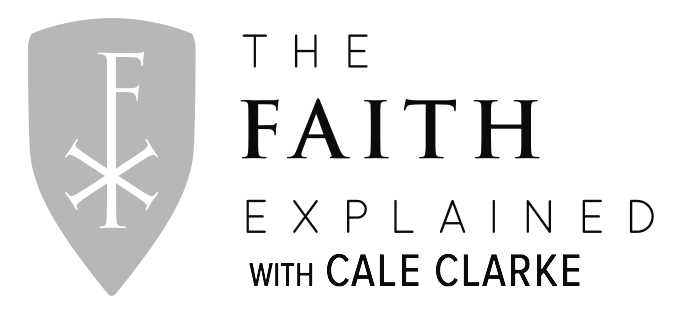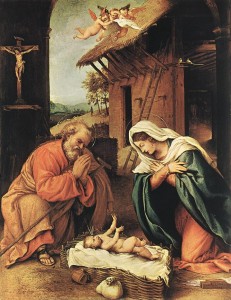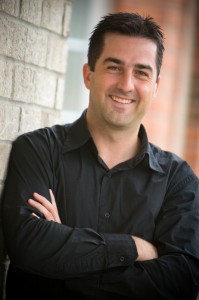 Today is, of course, Boxing Day, December 26. And while some are running off to the malls for bargains, others are adding up the damage and realizing just how much Christmas can cost them!
Today is, of course, Boxing Day, December 26. And while some are running off to the malls for bargains, others are adding up the damage and realizing just how much Christmas can cost them!
And so are we Catholics, but for a different reason.
Today is the feast of St. Stephen, the Deacon – the first martyr of Jesus Christ. I’ve always found it fascinating that his feast day immediately follows Christmas. It is as if Holy Mother Church, in her wisdom and through the liturgical calendar, is giving us a sober reminder after the great Feast that there is a cost to Christianity, to being a believer in Christ. It will cost you everything, even your very life – one way or another. No less an authority than Christ himself affirmed it: “Whoever wishes to save his life will lose it, but whoever loses his life for my sake will find it”. It can meen a dramatic martyrdom like Stephen’s. But for most of us it will mean the hidden martyrdom of everyday death to self in order to stay alive in Christ.
But there is a far greater cost to not being a Catholic Christian. For rejecting Christ comes with a cost that one truly cannot afford to pay. It means a life lived apart from the Author of life, disconnected from ultimate Reality, devoid of the forgiveness of sins, and, if the situation persists, an eternity in which one will never, ever see God’s face.
Because he remained faithful to the end, Stephen did see God, and beholds that Beatific Vision now, and forevermore: “Look! I see heaven opened, and the Son of Man standing at the right hand of God”. If we are faithful to the end, so will we.
Postscript: Recognize who’s in the background of the painting above? Acts tells us that those who killed Stephen “laid their cloaks at the feet of a young man named Saul”. Saul, persecutor of the early Church, was there, an accessory to Stephen’s martyrdom. As Stephen prayed for his executioners, just as his Master did, one must think that that prayer was especially efficacious. As the Church has always taught: if it were not for Stephen’s prayer, Saul would have never become Saint Paul. In this Pauline year, let us always remember that no one is beyond God’s saving grace – that everyone can (and should) become a saint.




 I was invited to speak at the Humanae Vitae: A Buried Treasure Conference held at the University of Toronto on Saturday, November 15. Despite the dreary weather, approximately 400 people jammed into the Sam Sorbara Auditorium, with over 200 people being turned away, either at the door or by phone, who were looking for tickets! I can’t lie – they certainly weren’t there to see me!
I was invited to speak at the Humanae Vitae: A Buried Treasure Conference held at the University of Toronto on Saturday, November 15. Despite the dreary weather, approximately 400 people jammed into the Sam Sorbara Auditorium, with over 200 people being turned away, either at the door or by phone, who were looking for tickets! I can’t lie – they certainly weren’t there to see me!  (Here’s my latest article, from Catholic Insight magazine’s November issue.)
(Here’s my latest article, from Catholic Insight magazine’s November issue.) I recently came across a very interesting blog by Lee Thomas Dahn. It’s called
I recently came across a very interesting blog by Lee Thomas Dahn. It’s called 


 Welcome to my new website! I pray that it will be an encouragement to you in your faith journey. You’ll find many resources here that will help you explore the priceless treasure of the Catholic faith.
Welcome to my new website! I pray that it will be an encouragement to you in your faith journey. You’ll find many resources here that will help you explore the priceless treasure of the Catholic faith.